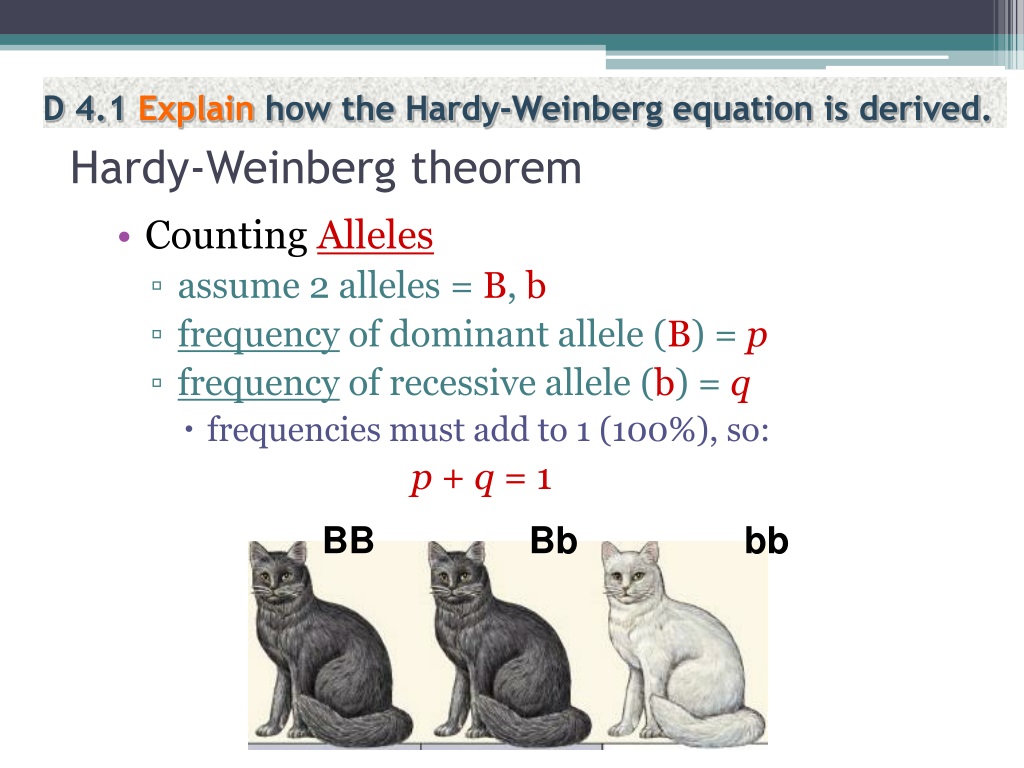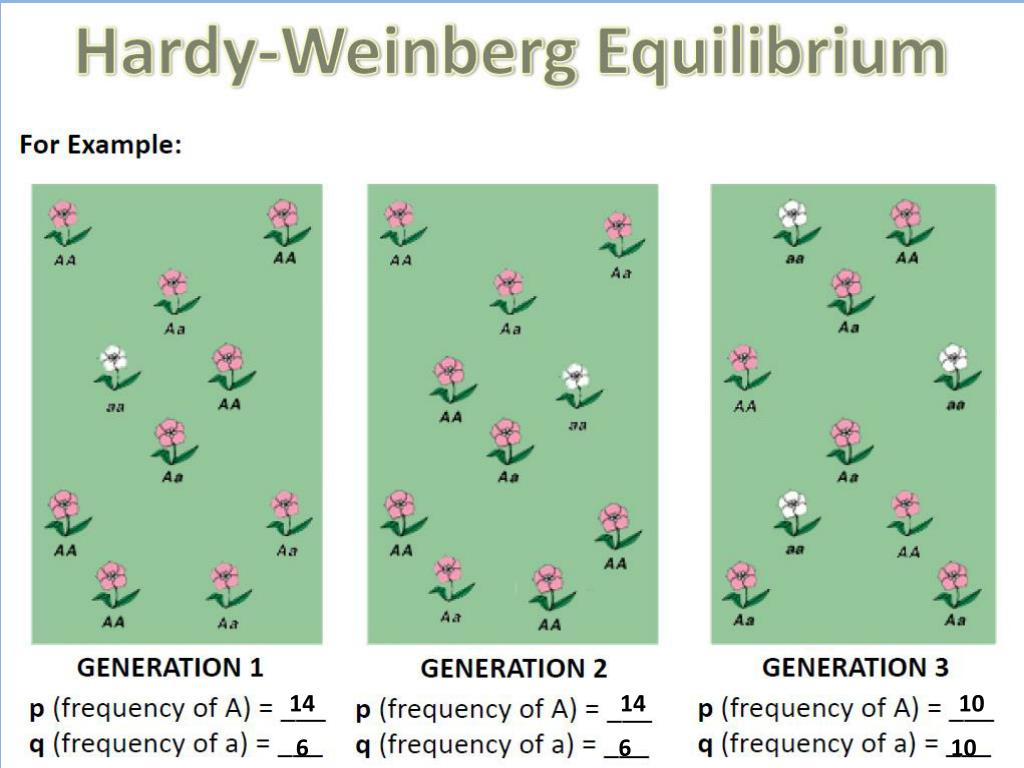

Two additional constraints arise directly from diploid sexual reproduction. These probabilities play direct roles in the derivation of HWE. That was a tool designed to teach us about sexual mating, however, it is also a great example of the probabilities of mating we see in sexual reproduction. Examining mating events between diploid individuals is something we should all remember from basic biology and genetics through the use of the Punnet Square. In general, this rules out uniparentally inherited markers such as mtDNA or cpDNA, which are transmitted in most cases by only one of the sexes during reproduction. In addition to ploidy, genetic constraints on the formulation of the classic HWE assume that the species has two separate sexes, both of which contribute to the next generation. If you are working on taxa with higher ploidy levels, you can do many of the same operations we will focus on in gstudio, consult the documentation for more information. While the math that follows is essentially the same for these ploidy levels, the actual algebra is a bit more messy. Higher levels of ploidy (triploid, tetraploid, hexaploid, etc.) are also possible in many taxa. If it is not true and the species (at least at that life stage) is haploid, then will will represent the genotype as \(A\) or \(B\). If diploidy is true, we can denote the genotype as \(AA\) for the diploid homozygote, \(AB\) for the heterozygote, and \(BB\) for the other diploid homozygote. Diploidy means that in the adult life stage, each individual has two copies of each allele, one from each parental individual. For simplicity, as this is the way it was originally defined, we will assume that the species we are looking at is diploid, carrying homologous chromosomes from both parents.

Implicit in the description Above is a characterization of what constitutes a genotype. 37.2 The Flowering Dogwood Cornus florida.37.1 The Sonoran desert bark beetle, Araptus attenuata.35.2 Principal Coordinates of Neighborhood Matrices.33.4 Estimating Correlations in Distance.31.3 Extracting Point Data From Rasters.31.1.2 Cropping Rasters Via Convex Hull.28.6 Testing for Topological Congruence.28.5.1 Matrix Representations of Population Graph Objects.28.5 Extracting Graph-Theoretic Parameters.28.4.2 Extracting Data Along Popgraph Edges.28.4 Extracting Spatial Data Using Population Graphs.28.3.1 Integrating Google and ggplot2 for Plotting.28.1.1 Plotting a graph using ggplot2 routines.26.1 Dependent & Independent Relationships.21.1.2 Additional \(X_\)-like Parameters.

20.2.1 Czekanowski (Manhattan) Distance.20.2 Population-Level Genetic Distances.12.1 Mixed Mating Genotype Frequency Equilibriums.9.2.2 Variance Effective Population Size.9.2.1 Inbreeding Effective Population Size.9.1 Demographic Effective Population Sizes.7.4 Trans-Generational Transition Probabilities.6.2.1 Fixing Problem with Version 1.4.1.


 0 kommentar(er)
0 kommentar(er)
